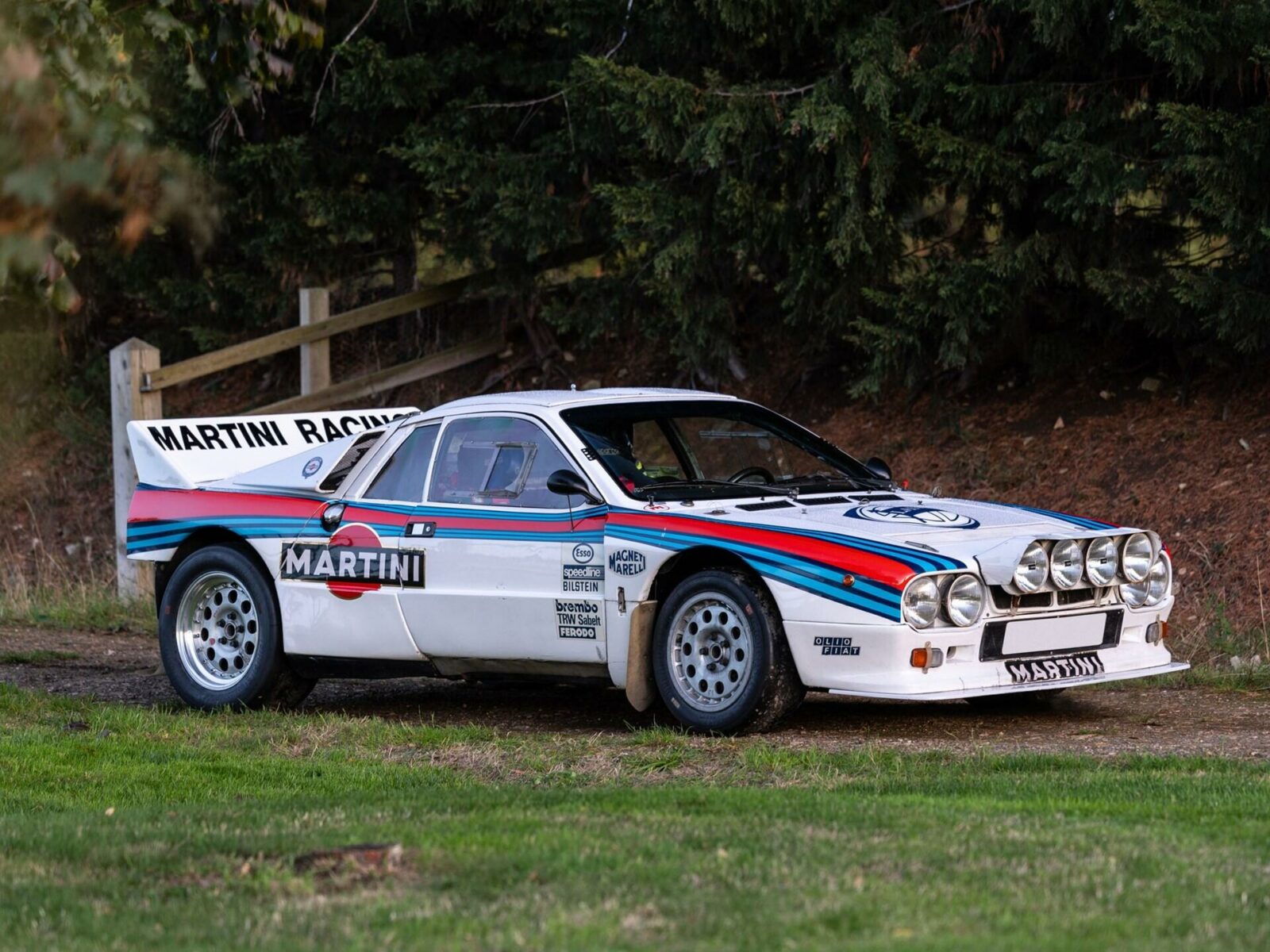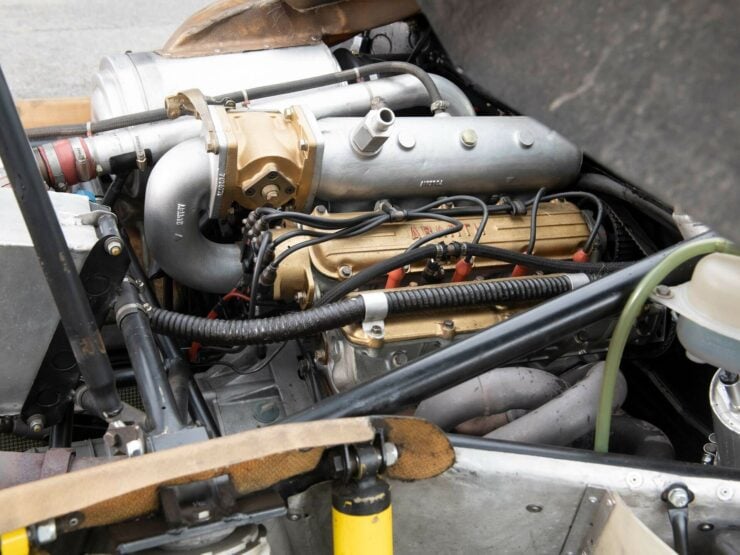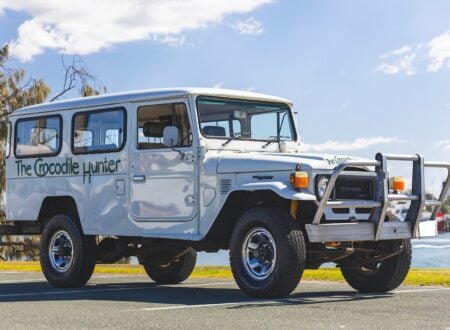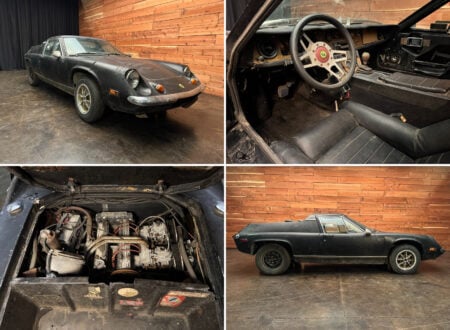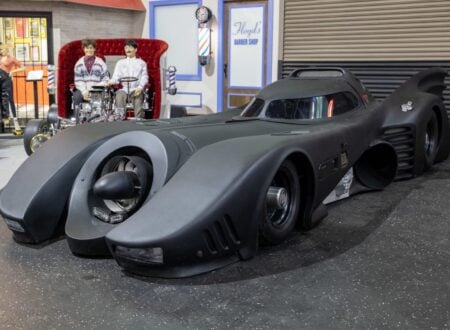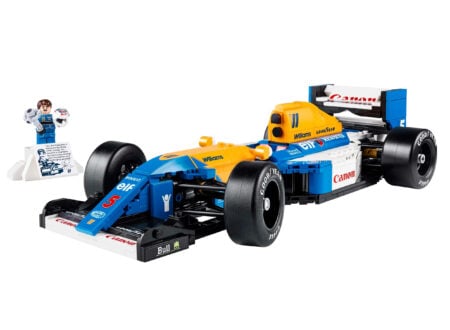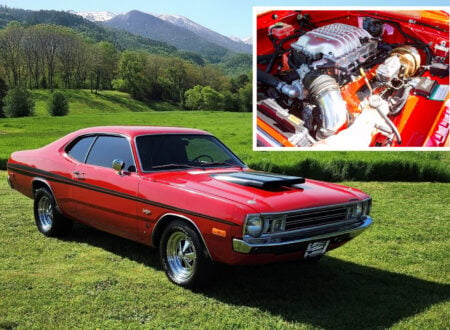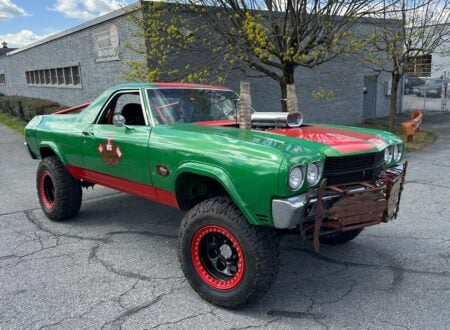This Lancia 037 Group B Works Evolution 1 is one of the cars that made the mid-engine Lancia an icon of Group B’s earlier years.
These were the last of the rear wheel drive cars that actually won races, before the four-wheel-drive revolution took over and dominated the final years of Group B competition.
Fast Facts – The Lancia 037 Group B
- The Lancia 037 was designed primarily by Abarth and was fitted with an Abarth Volumex supercharger for its Lampredi designed inline four cylinder engine.
- The 037 was based on a highly modified and strengthened Lancia Montecarlo (aka Lancia Scorpion in North America) central monocoque with new design tubular steel front and rear sub-frames.
- These Lancia 037 cars were very high performance and close to the abilities of the four-wheel-drive cars that superseded them. For example, during the practice for the 1983 ADAC Saarland Rallye Walter Röhrl managed to lap the Nürburgring Nordschleife in just eight minutes. Two years later he attempted the same thing in his Audi quattro and couldn’t match that time.
Group B And The Mighty 037
The Lancia 037 Group B was a purpose built supercharged mid-engine two seater GT rally car whose creation was made possible in large part due to the FIA (Fédération Internationale de l’Automobile) Group B class for competition cars which was introduced in 1982.
The Group B classification was intended to provide manufacturers with a great deal of flexibility in both the design of their competition cars and in the homologation requirements (“homologation” referring to the number of cars the maker would have to produce in order to qualify the car as a production car). For Group B the requirement was for 200 cars to be produced.
The Lancia 037 was therefore among the first of the Group B cars specifically created for this class of rally competition.
Lancia is an Italian car maker whose name is relatively unfamiliar to most people, and even to many car enthusiasts, but they have a history of creating imaginative cars and were the first to create a unitary body car, the Lancia Lambda, which was in production from 1922-1931.
Lancia have also had a long history in rallying, the Lancia Stratos being a famous example.
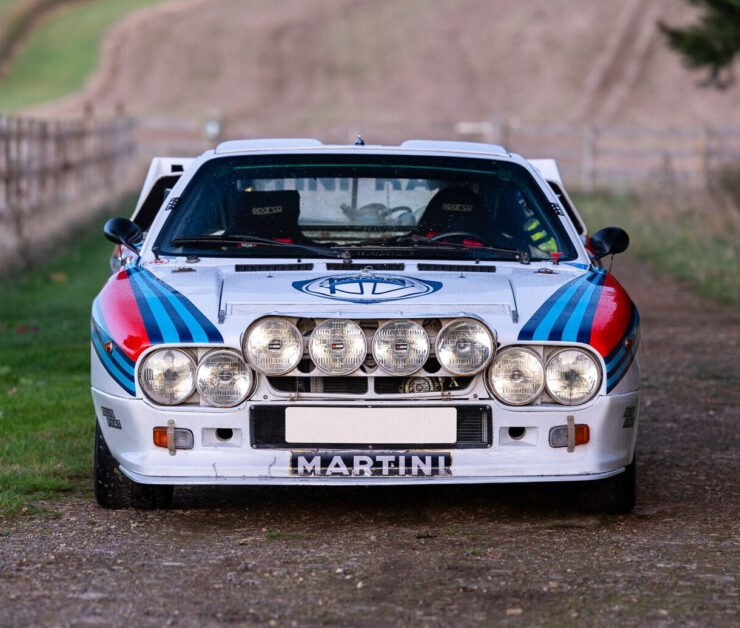

To create the Lancia 037 project manager Sergio Limone brought in Abarth who were charged with the lion’s share of the design work, along with racing car maker Dallara, and design house Pininfarina – this was to be an Italian competition car so not only did it need to be rally winning fast but it also had to be beautiful: and beautiful it would indeed prove to be.
The 037 was built on a much modified reinforced centre monocoque structure of the Lancia Montecarlo mid-engine sports car (known as the Lancia Scorpion in North American markets) but with all new purpose designed components and new steel sub-frames. The body panels were of Kevlar with fire retardant fibreglass.
Suspension was by the tried and tested double wishbones for front and rear with coil springs, Bilstein gas shock absorbers and an anti-roll bar at the front, and coil springs with dual shock absorbers and no anti-roll bar at the rear.
The engine selected was the Fiat/Abarth DOHC inline four cylinder with a Volumex supercharger bolted on to give it a great boost in enthusiasm to outrun the Audis and Peugeots it was going to be competing with.
This Lampredi designed 2.0 litre supercharged twin cam engine was fitted with an Abarth double-valve (i.e. four valves per cylinder) head with fuel/air mix being fed into the engine by one suitably large Weber carburettor on the early cars, and later with a fuel injection system.
This dry sump engine produced 280 hp in its initial form and this was subsequently increased in the increased capacity 2.1 litre (2,111 cc) Evolution 2 version to 325 hp.
This engine was mounted longitudinally in the conventional rear-mid-engine layout mated to a ZF five speed manual transaxle with automatically locking differential and single dry plate 230 mm (9.1 in) hydraulically actuated clutch.
The brakes for the Lancia 037 rally car were Brembo-Abarth disc brakes on all four wheels with alloy calipers: entirely adequate for washing off lots of speed to get the car around the many and often sharp corners rally courses tend to favour.
The end result was a very quick but beautifully balanced rally car that immediately gained the respect of the drivers who were going to push it just as quickly as it and they were able to go.
https://youtu.be/jsFB7tHyNfw
Above Video: This is a little over five minutes of in-period Group B footage of the Lancia 037 being driven in anger, with plenty of engine noise and no commentary.
When the Lancia 037 made its debut there was debate about the need for constant four-wheel-drive: some believing that any traction advantage would be offset by the weight of the centre differential system. 1982 was a year when this was really put to the test.
Audi were still working to perfect their four-wheel-drive system which had come from the rather agricultural Volkswagen Iltis. Problems with the system caused Audi not to have the immediate success they had hoped for, and drivers had to learn how to get the best out of the new system.
These teething troubles were to the Lancia 037’s advantage: it was a very conventional mid-engine GT car built around tried and proven components, with excellent aerodynamics, and it was going to be a very hard car to beat.
For the 1982 season mechanical problems plagued the Lancia 037 with the cars being forced to retire from a number of events. A Lancia 037 did manage to win the 1982 Pace Rally in Britain.
For the 1983 season Lancia’s engineers had been hard at work to sort out the causes of the previous year’s failures and so that year saw the Lancia 037 bring home five WRC victories and the World Rally Championship Constructors’ title.
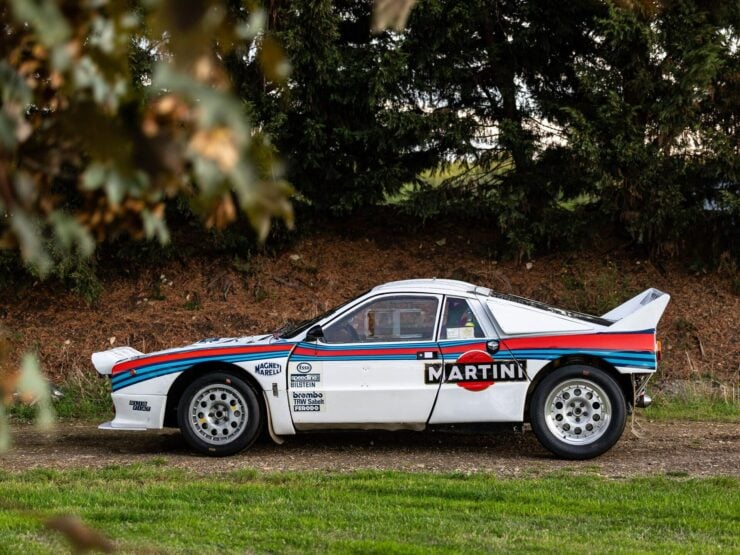

Lancia 037 Chassis #319
Lancia 037 chassis #319 was one of three works rally cars and she made her debut wearing the famous Martini livery at the 1982 Rally Costa Smeralda with Markku Alén in the driver’s seat and Ilkka Kivimäki as the co-driver. The Alén/Kivimäki team won three of the first five stages before a gear selector failure put them out of the running.
Chassis #319 made its next attempt at a podium three weeks later at the Rallye dell’Isola D’Elba, this time driven by Adartico Vudafieri who took her to thirteen stage wins leading to an overall class win.
#319 was repainted in the livery of Totip as a Jolly Club sponsered car, and in May driver Andrea Zanussi piloted her to a class win in the Rally 4 Regioni, after which the car was given some mechanical TLC which included her being upgraded to Evolution 1 specifications, and making her the first Evolution 1 car to enter competition.
With her new Evolution 1 power #319 looked set to achieve some podium results but forced retirements prevented that. For example in the Rali Vinho da Madeira driver Antonio Zanussi managed to dominate the early stages of the event – but in the end the engine’s cooling system proved not to be up to the task of keeping that hot little car cool and he was forced to retire with an overheating engine.
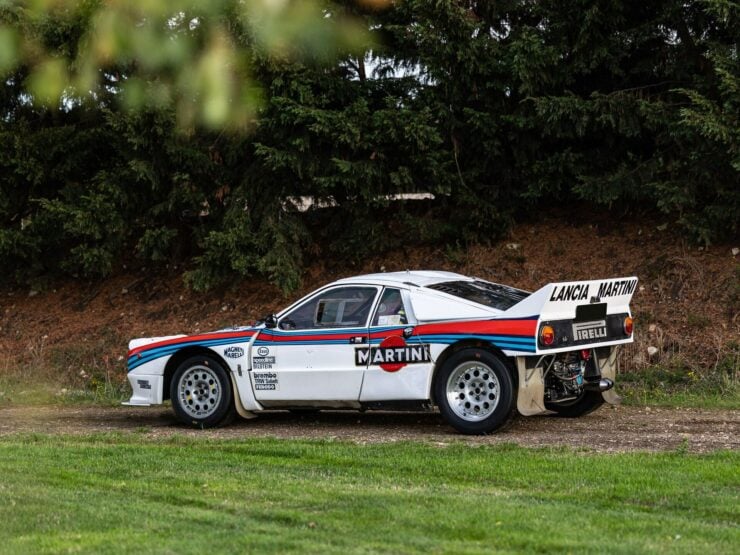

The next challenge for #319 involved a trip to Africa for the Rallye Côte d’Ivoire where she was driven by Adartico Vudafieri and again was forced out of the running by overheating.
#319 was then treated to another coat of paint, this time in Würth livery, and given some mechanical work which must have included work on the engine’s cooling system so it could handle the Evolution 1 increased demand. Lancia had signed Walter Röhrl as a driver for the 1983 season, and he was one of the highest rated drivers especially for the extraordinary demands of the Group B competition.
The first event for 1983 for #319 was the ADAC Saarland Rallye for which Röhrl had Christian Geistdörfer as his co-driver and the team managed a second place overall.
After that event #319 was back in the paint shop for a change of livery, this time back into the Martini colours, for the Tour de Corse and Rally Argentina rounds of the World Rally Championships with Attilio Bettega and Francisco Mayorga as driver and co-driver.
#319 would then make her final competitive appearance back in the hands of Walter Röhrl and Christian Geistdörfer for the ADAC Rallye Deutschland: and a glorious finale it would prove to be with Röhrl and #319 winning every stage and finishing a full 14 minutes ahead of his nearest rival, a Mercedes-Benz 500 SLC driven by Austrians Sepp Haider and co-driver Jörg Pattermann.
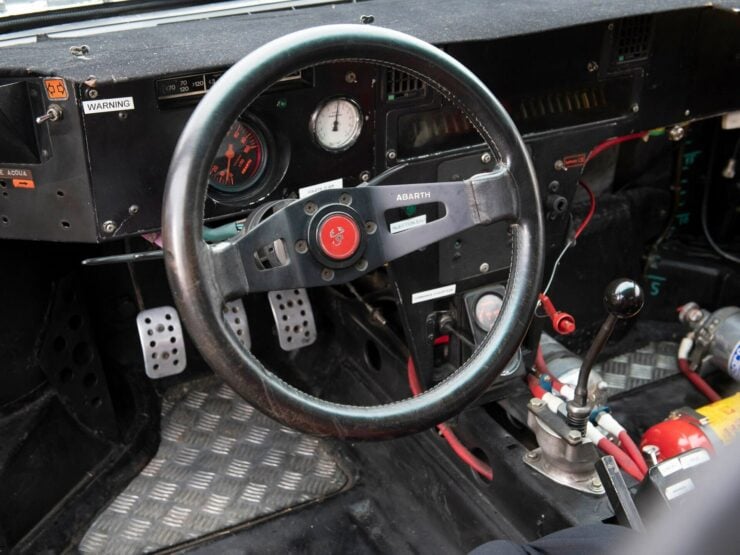

It was a fabulous high note on which to bring #319’s competitive career as a Lancia Works car to an end, she had played her part in cementing the legend that the Lancia 037’s had carved out making them one of the most famous of the legendary Group B cars.
Her competitive career was not quite over yet however: In 1986 she was sold to Tre Gazzelle Srl, and Jean-Michel Blanchi who campaigned her in France gaining two outright victories before her final retirement in 1987.
In 1988 #319 moved into the hands of collector Guy Domet and then through the hands of three other collectors before being placed in the Gran Turismo collection for static display in 2019.
Lancia 037 #319 is a historic Group B rally car and she is coming up for sale by RM Sotheby’s at their London, UK, sale to be held on 5th November 2022.
You can find the listing page for this car here if you’d like to read more about it or register to bid.
Above Video: In this clip from The Grand Tour Jeremy Clarkson takes a look at the 037 and takes it for a spin.

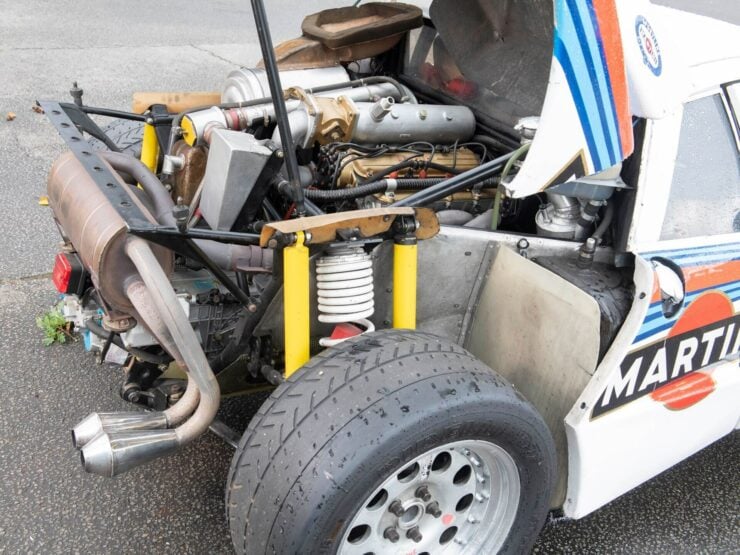
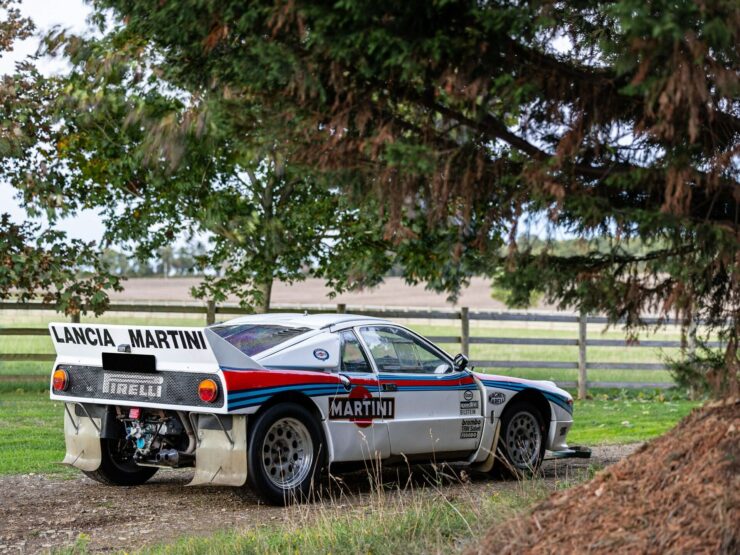
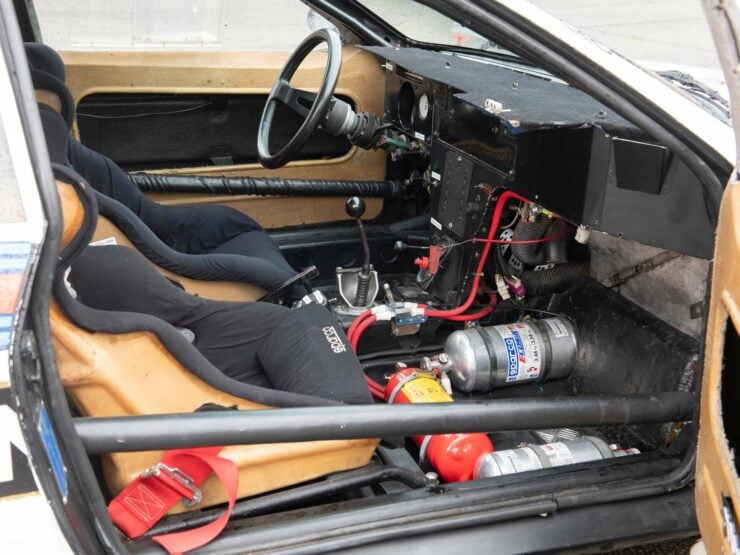
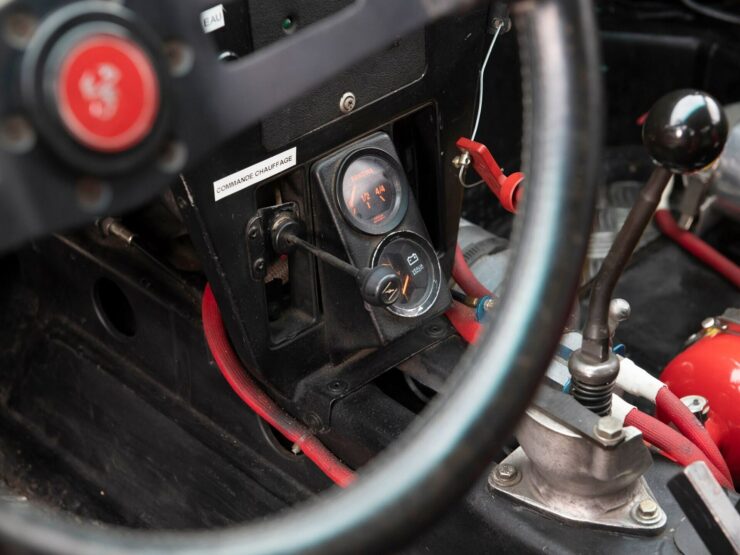
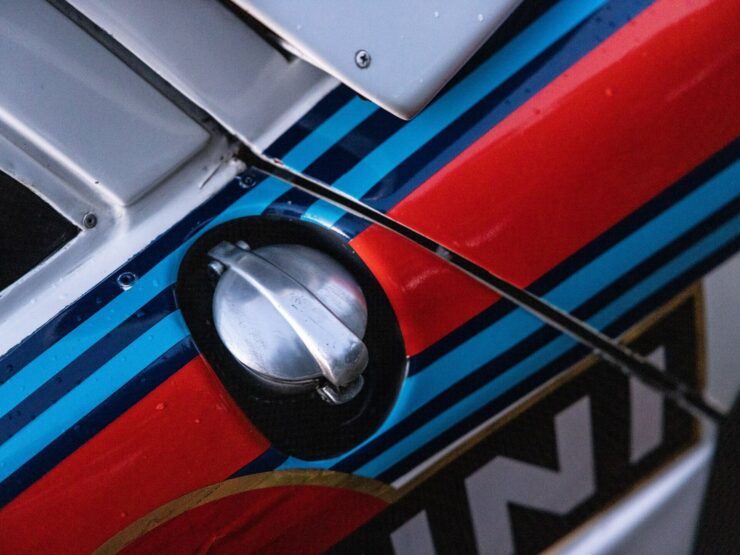
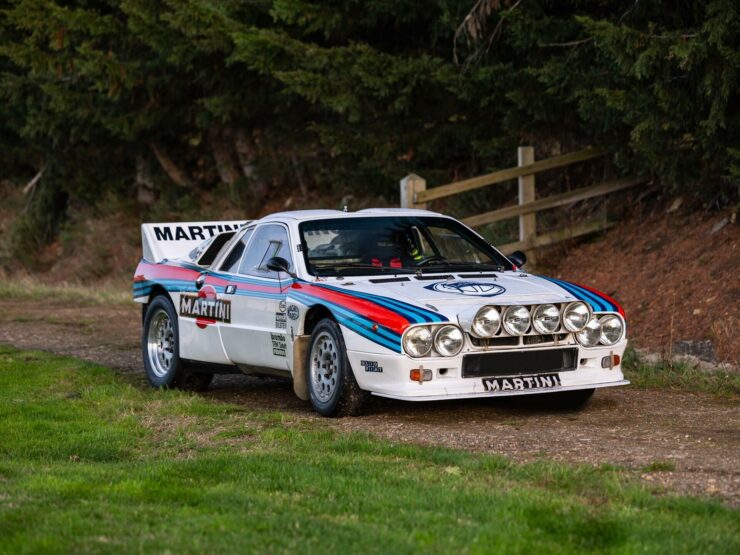
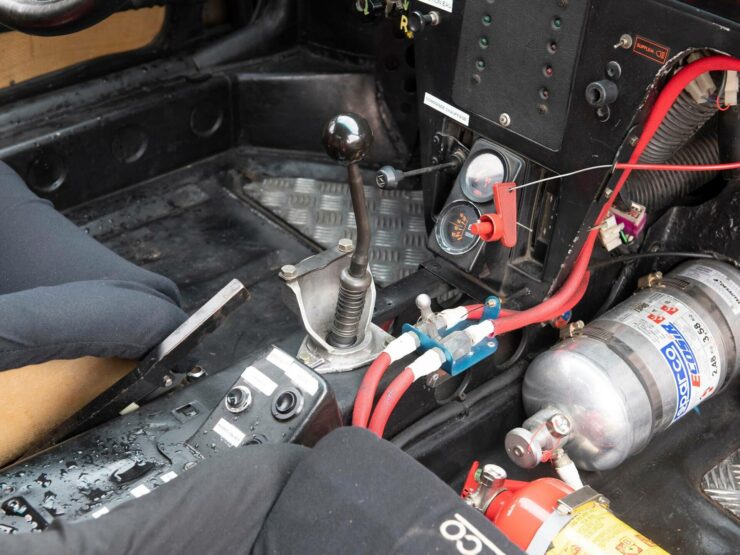
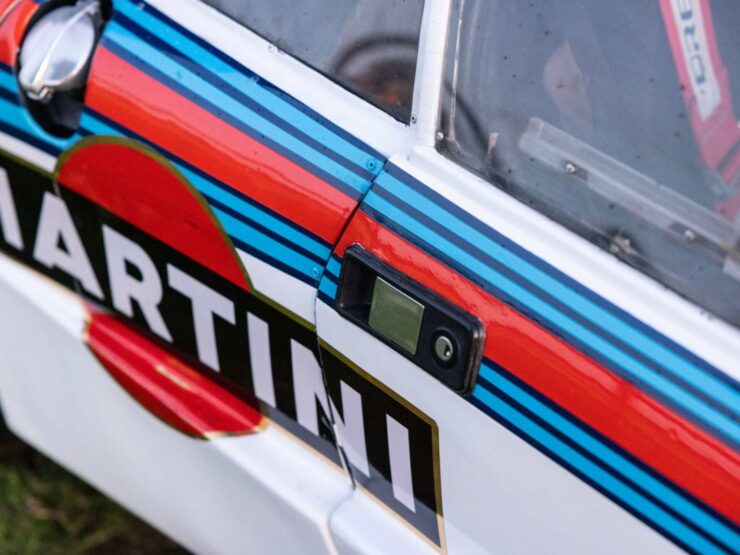
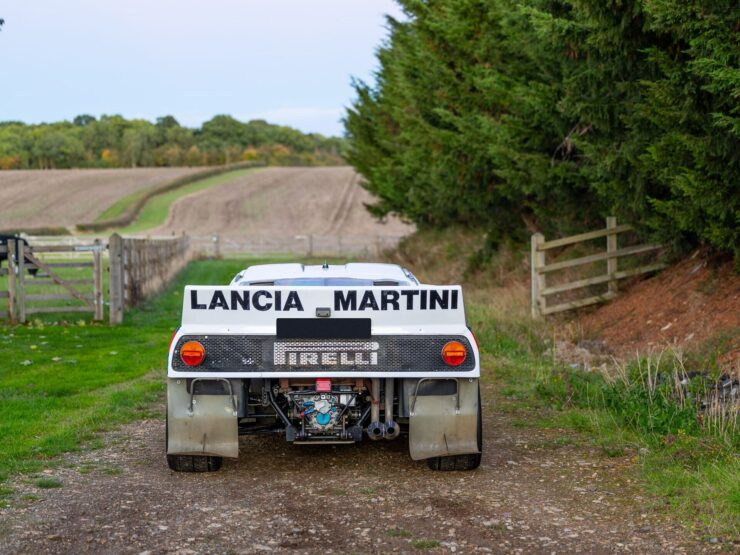
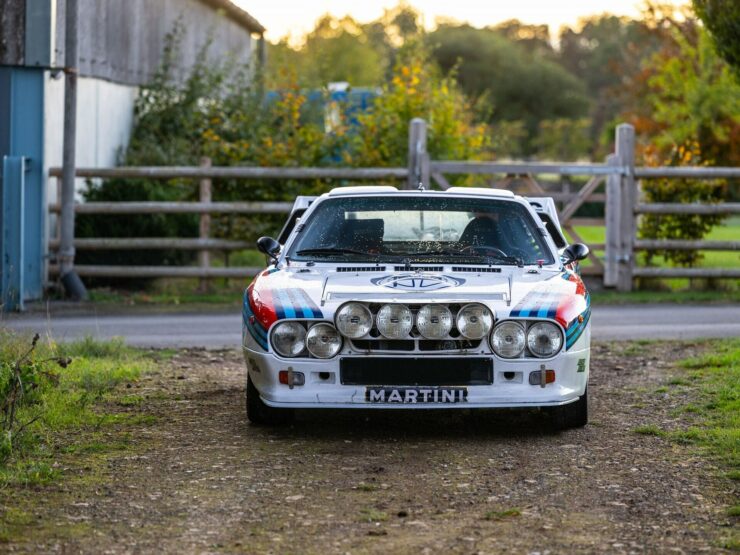
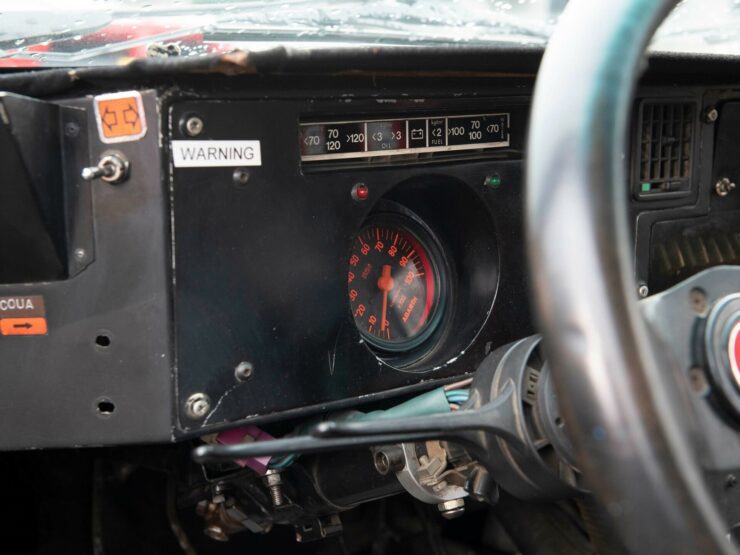
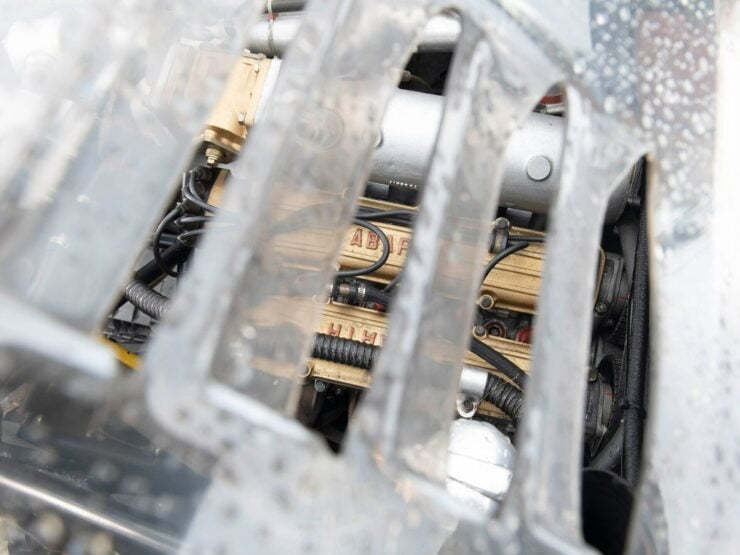
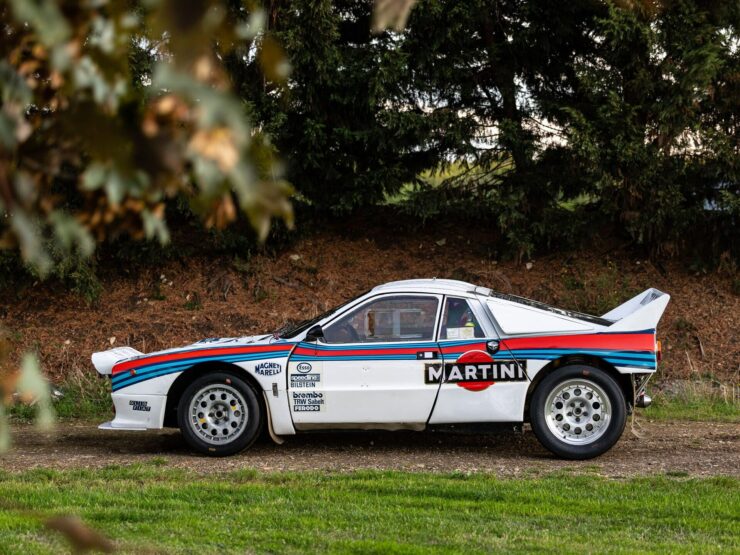
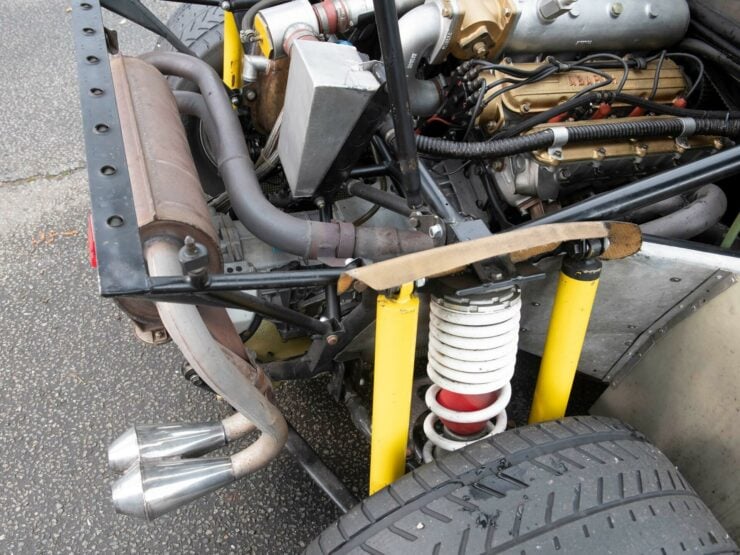

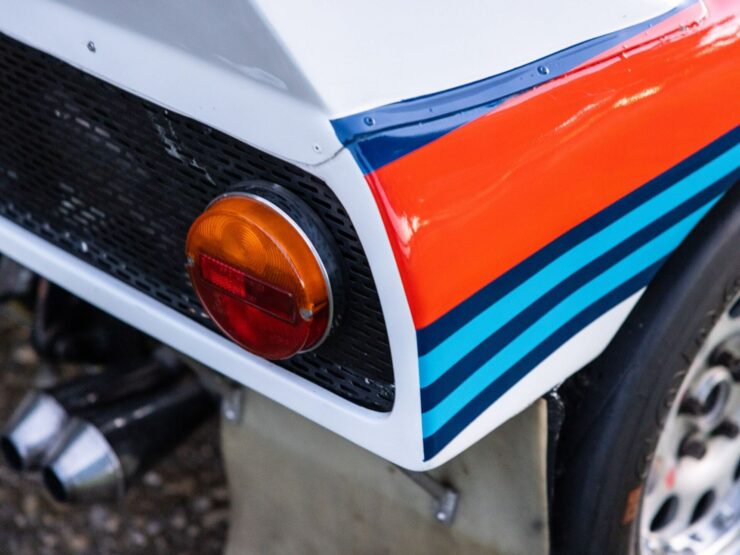
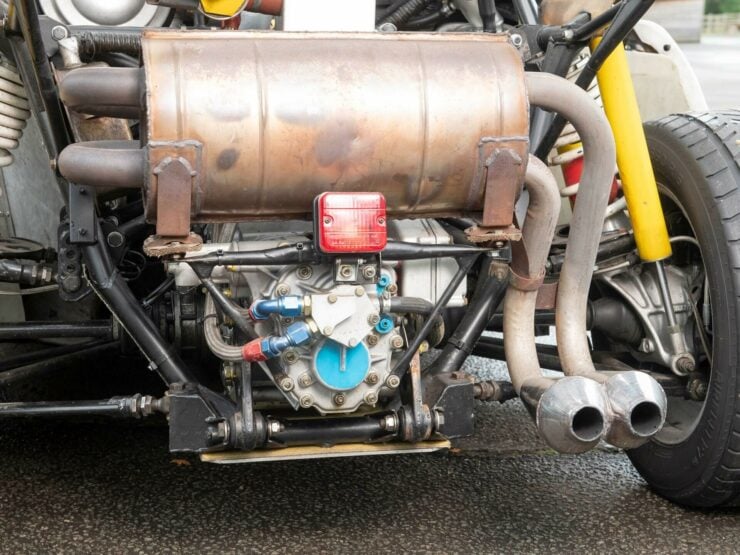
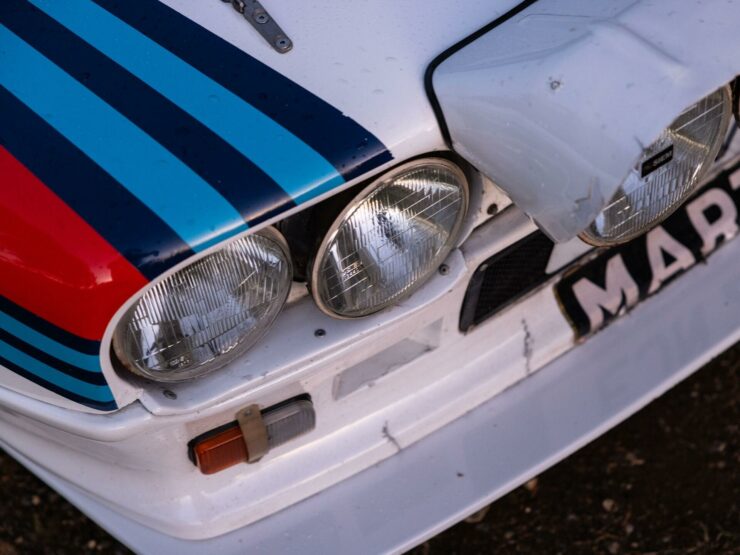
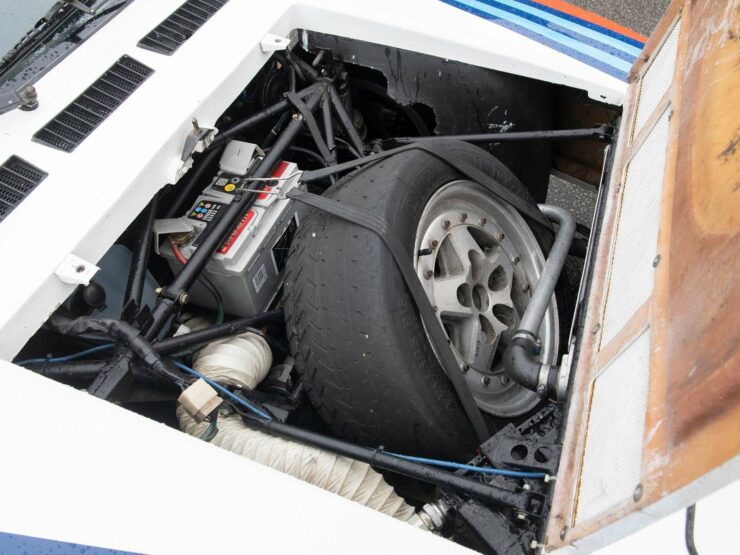
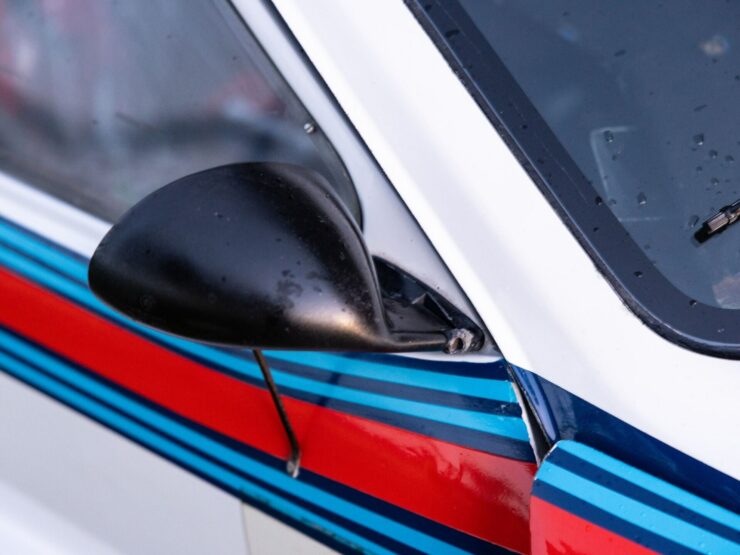
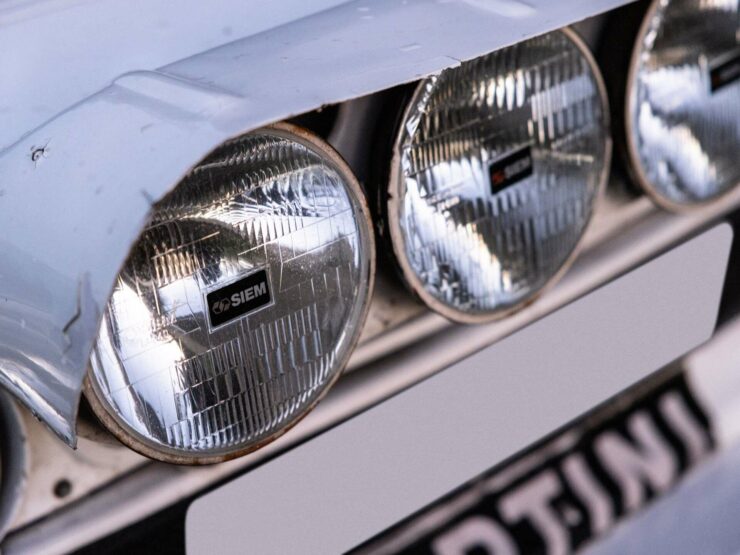
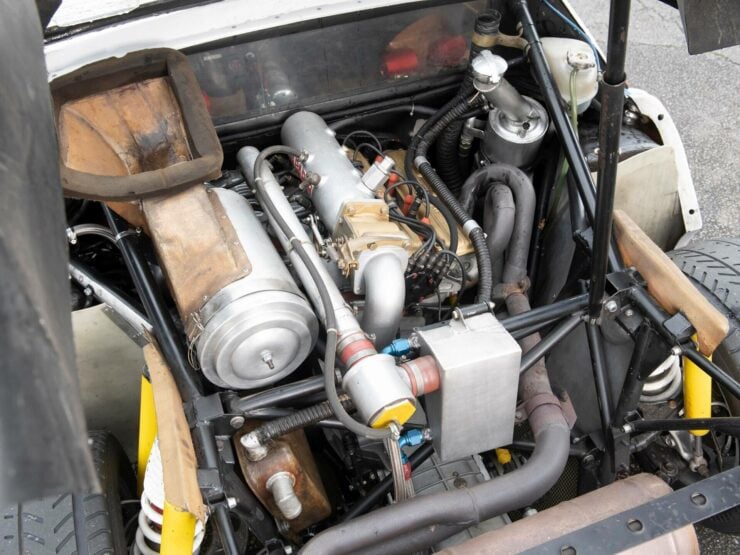
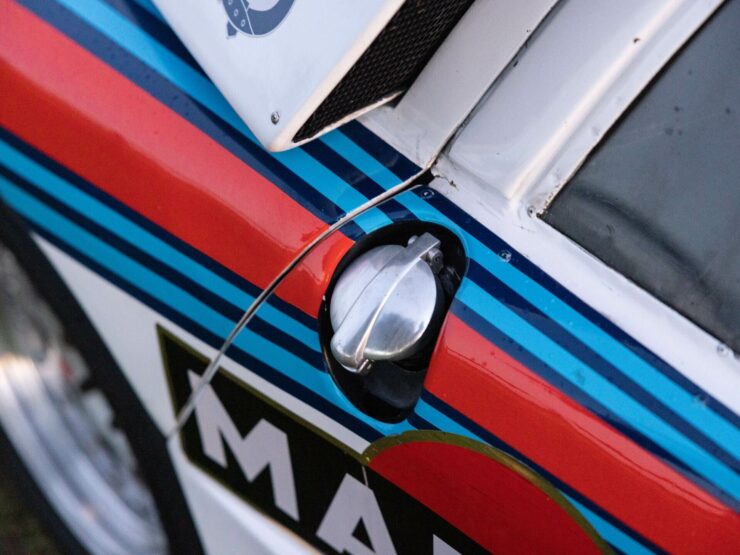
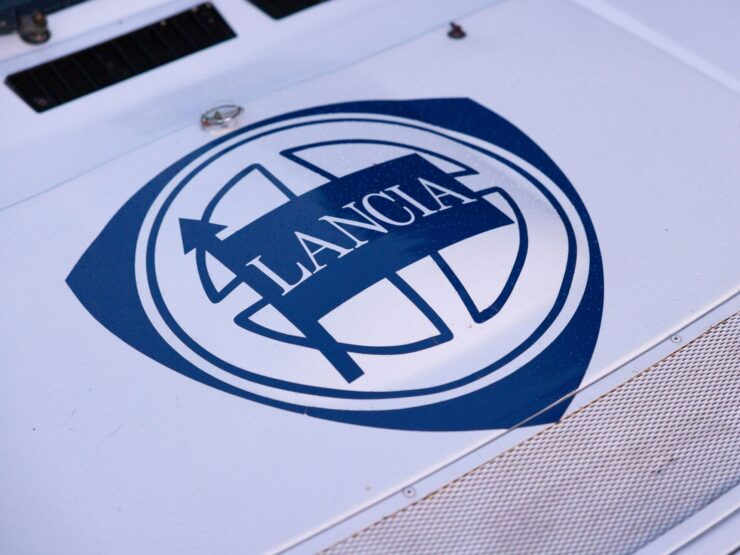
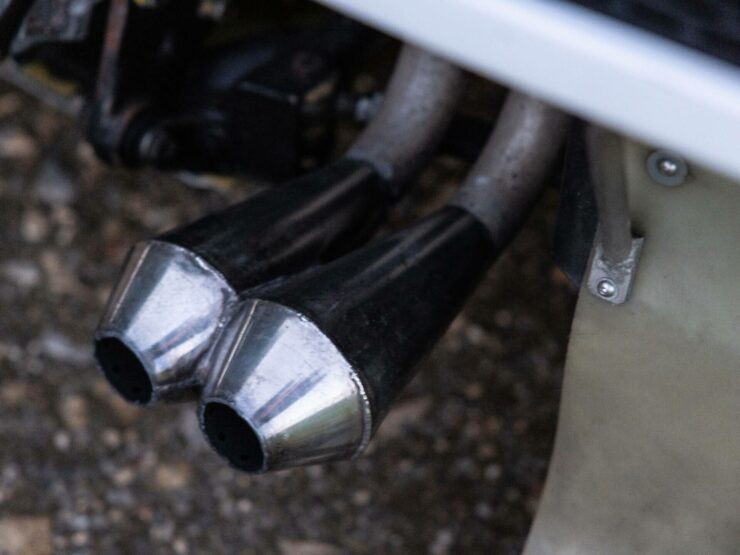
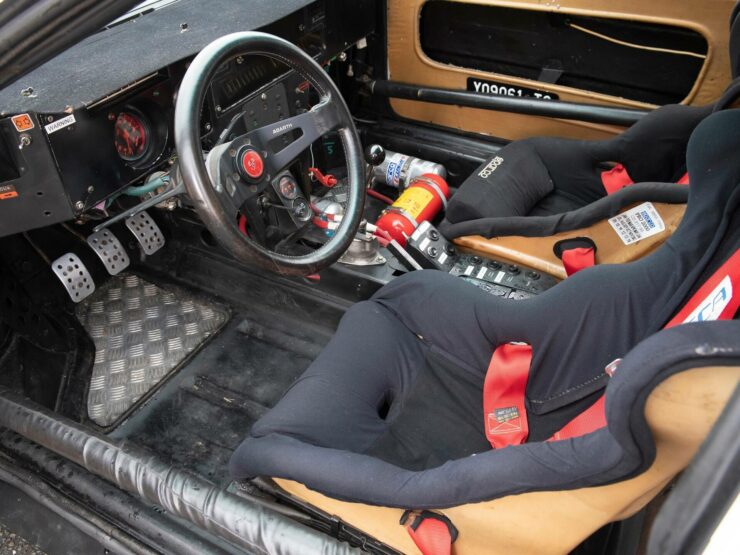
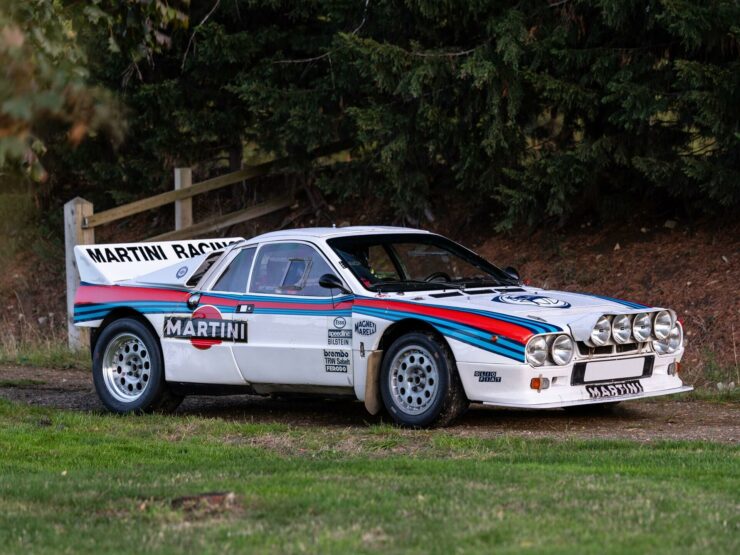
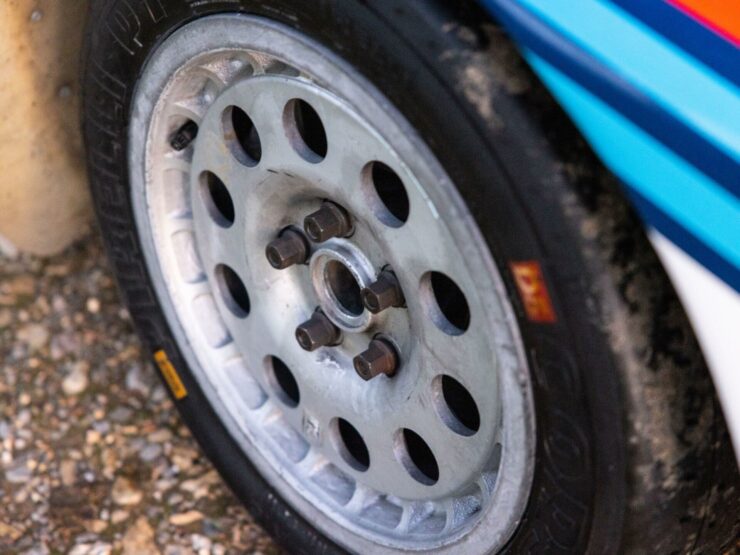
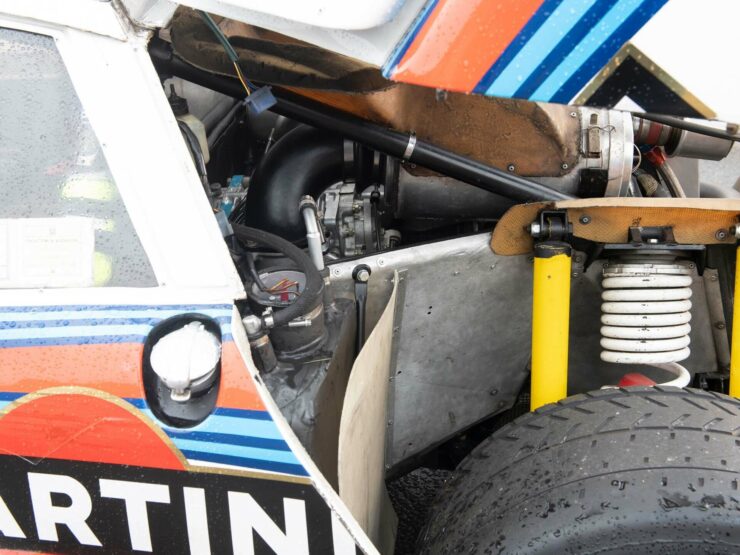
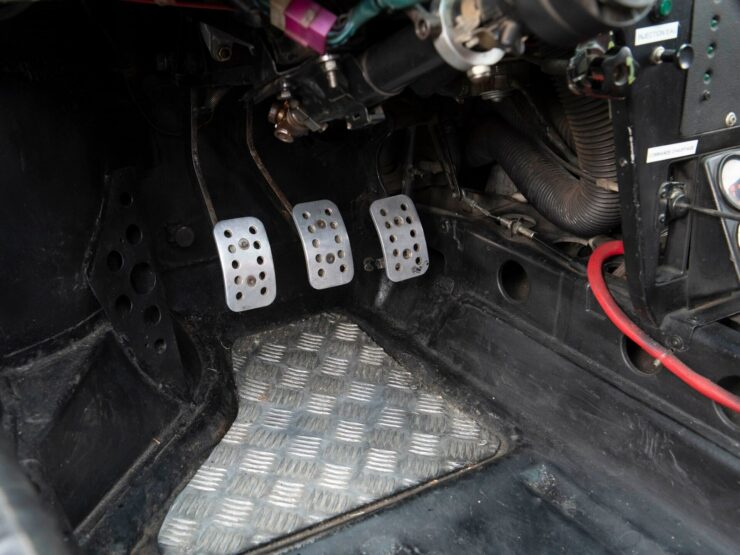
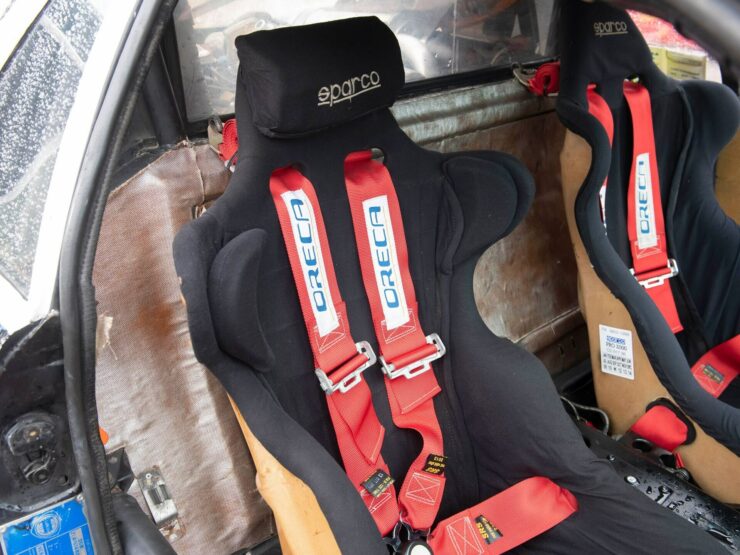
Picture Credits: All pictures of the sale #319 car courtesy Neil Fraser at RM Sotheby’s.

